Regular chimney inspections and cleanings are the best way to shield your home from chimney fires. However, accidents can and do happen. A fire extinguisher can be your first line of defense when a fire breaks out and it can help you preserve your property. Understanding how to use this handy device is a crucial safety measure that every homeowner needs to know.
For questions about fireplace safety or to schedule an appointment for your annual chimney maintenance, reach out to Dunrite Chimney & Stove online or give us a call at 631-353-0004. Your safety is our top priority and we’re committed to helping you protect yourself.
Get To Know the PASS Method

Imagine a fire breaks out. Panic sets in, right? But don’t worry, there’s a simple trick to remember when using a fire extinguisher: PASS. This is what is known as a mnemonic device – a shortened word and acronym that helps us remember important information in times of distress. In this instance, PASS stands for pull, aim, squeeze, and sweep:
- Pull the pin. Fire extinguishers wouldn’t be very useful if they accidentally discharged before you needed them. To prevent this, fire extinguishers come with a safety pin in place. Pulling this pin breaks the tamper seal, unlocks the extinguisher, and gets it ready for action.
- Aim the hose at the base of the fire. Your gut instinct will be to point the hose at the flames but to defeat a fire, you have to hit it at its core. Always aim for the base of the fire.
- Squeeze the handle. This releases the extinguishing agent which will help to put out the fire. The type of agent depends on the type of extinguisher you have.
- Sweep the hose from side to side. Move the nozzle or hose side to side and cover the base of the fire until it appears to be out. Keep an eye on the area to make sure the fire doesn’t reignite.
What Are the Different Types of Fire Extinguishers?
Not all fires are created equal, and neither are fire extinguishers. To effectively fight fire, you need the right weapon for the job. This is an overview of the different types of fires and the extinguishers needed to battle them.
- Ordinary combustibles (Class A). Think wood, paper, and plastics. These are the most common fires. Water, foam, or dry chemical extinguishers can handle these.
- Flammable liquids (Class B). Gasoline, oil, and grease fall into this category. You’ll need a CO2, dry chemical, or foam extinguisher to put these out.
- Electrical equipment (Class C). Fires involving wiring, breakers, or appliances require a non-conductive extinguisher like CO2 or dry chemicals. Water does not work against these fires.
- Combustible metals (Class D). This is a tricky one. Fires involving metals like magnesium or sodium need a special dry powder extinguisher.
- Kitchen greases (Class K). Kitchen fires caused by cooking oils or fats require a wet chemical extinguisher.
Always refer to the label on your fire extinguisher to know exactly what kind of fires it’s designed to take on. Using the wrong extinguisher can have dire consequences. When in doubt – or if a fire gets too big – evacuate the area and call the fire department immediately.
How Often Should Fire Extinguishers Be Inspected or Serviced?
When your smoke detector chirps, you listen. When it’s time to change its batteries, you make sure to do it. Your fire extinguisher deserves just as much attention. Regular inspections and maintenance are crucial to ensure it’s ready to tackle a fire.
Give your fire extinguisher a quick once-over every month. Check for damage, blockages, or signs of tampering. Make sure the pressure gauge is in the green zone which means it’s charged and ready to go. Double-check to see if the safety pin and seal are intact, and that the nozzle and hose are clear. It’s also wise to confirm that you can still clearly read the instructions. Once a year, call in a professional for a more in-depth look.
If your extinguisher ever gets used, it needs to go back to the pros for a recharge. Also, if you keep your extinguisher in a less sterile area like a garage or a dusty warehouse, it might need more frequent checkups.
Do Fire Extinguishers Expire?
While they don’t have a “best by” date like milk, fire extinguishers do indeed have a lifespan. Over time, things like leaks, rust, and other chemicals inside can break down and become less effective. The lifespan of a fire extinguisher usually ranges from five to 15 years, depending on the type and the manufacturer.
How do you know if your trusty fire extinguisher is still up to the task? Keep an eye on the pressure gauge. If it’s not in the green zone, it’s likely time for a professional inspection and recharge. And remember – even if an extinguisher appears to be in good condition, it is essential to replace or recharge it according to local fire safety regulations.
Keep Your Family & Home Safe
While knowing how to use a fire extinguisher is important, prevention is always the preferred approach. Regular chimney inspections and sweepings by Dunrite Chimney & Stove can dramatically reduce the risk of a chimney fire. Contact us today to schedule your appointment at 631-353-0004 or get in touch with us online.

